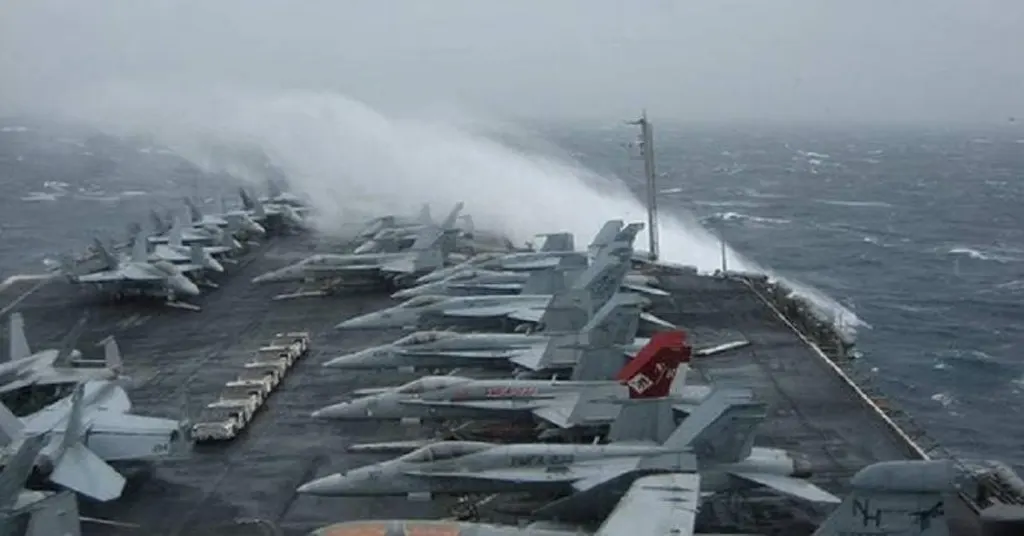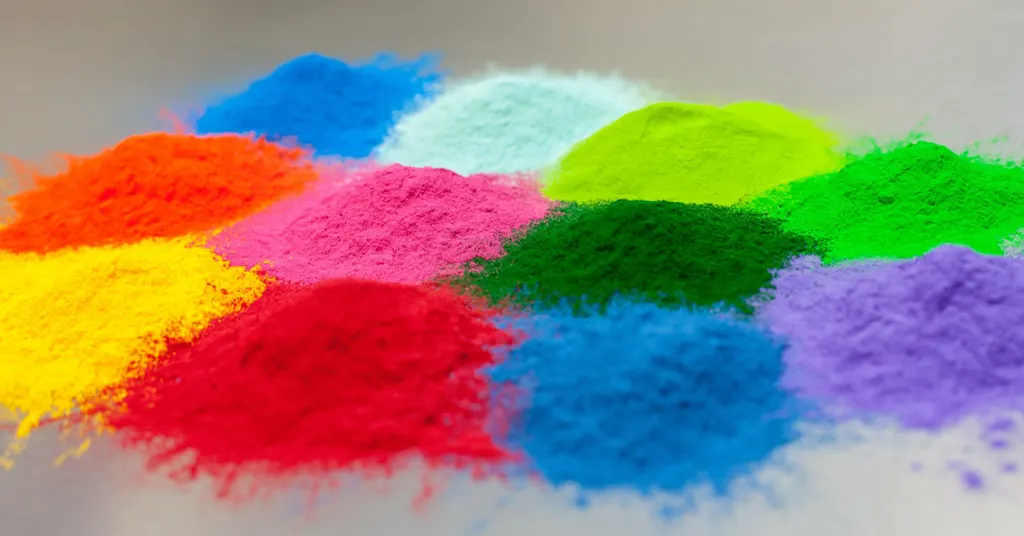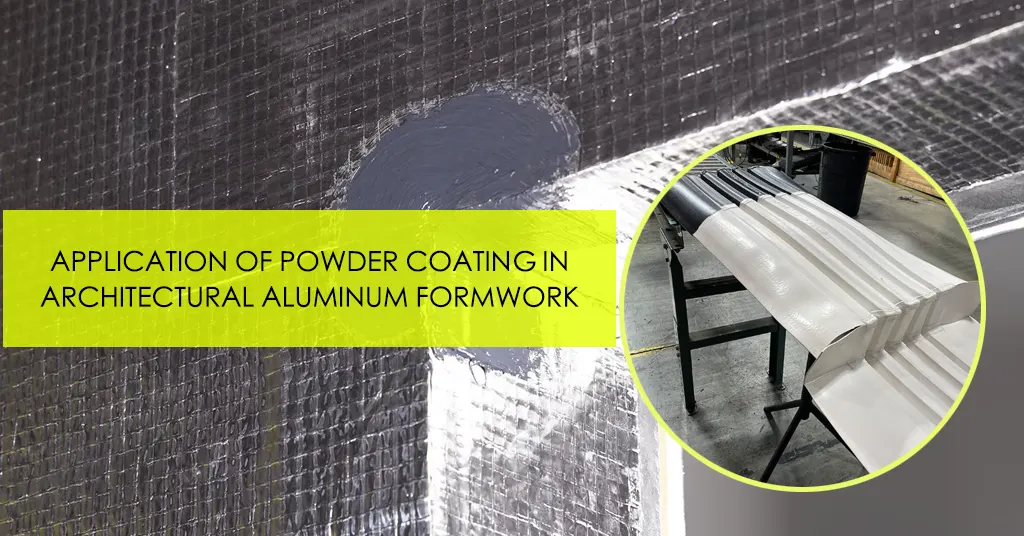How Powder Coating Enhances Salt Spray Resistance for Marine Steel Surfaces
Marine steel surfaces face extreme conditions. Saltwater, humidity, and salt spray accelerate corrosion, leading to safety risks and high maintenance costs. Salt spray, in particular, is a major challenge for ships, offshore platforms, and marine equipment.
Powder coating has emerged as a reliable solution for enhancing salt spray resistance. This article explores the science behind powder coating, its benefits for marine steel surfaces, and how it protects against salt spray corrosion.

What Is Salt Spray and Why Is It a Problem?
Salt spray is a fine mist of saltwater droplets in the air. It’s common in marine environments, especially near coastlines and open water. Salt spray accelerates corrosion by:
- Acting as an Electrolyte: Saltwater conducts electricity, speeding up electrochemical reactions that cause rust.
- Penetrating Coatings: Salt spray can seep into weak or damaged coatings, exposing steel to corrosion.
- Promoting Galvanic Corrosion: When steel is in contact with other metals, salt spray can create a galvanic cell, increasing rust formation.
Without proper protection, salt spray can weaken steel, leading to structural damage and costly repairs.
How Powder Coating Enhances Salt Spray Resistance
Powder coating is a dry finishing process. It uses electrostatically charged powder particles that are sprayed onto a surface and cured under heat. The result is a durable, protective layer that resists salt spray and corrosion. Here’s how it works:
1. Barrier Protection
Powder coatings create a thick, uniform barrier on steel surfaces. This prevents salt spray, water, and oxygen from reaching the steel.
- Epoxy Coatings: Ideal for underwater and high-corrosion areas due to their strong barrier properties.
- Zinc-Rich Primers: Act as a sacrificial anode, protecting steel even if the coating is damaged.
2. Chemical Resistance
Marine-grade powder coatings are formulated to resist chemicals, including salt. They withstand exposure to saltwater and salt spray without degrading.
- Epoxy Coatings: Resist chemical attack from salts and pollutants.
- Polyurethane Coatings: Offer additional chemical resistance for high-wear areas.
3. Adhesion Strength
Powder coatings bond tightly to steel surfaces. Proper surface preparation, like sandblasting, enhances adhesion. This prevents salt spray from penetrating under the coating.
- Electrostatic Application: Ensures even coverage, reducing weak spots.
- Coating Thickness: Typically 60–150 microns, providing robust protection.
4. Impact and Abrasion Resistance
Salt spray often combines with mechanical stress, like waves and debris. Powder coatings are tough and resist damage, maintaining their salt spray resistance.
- Polyurethane Coatings: Ideal for high-impact areas like ship decks and equipment.
- Abrasion Resistance: Prevents scratches and wear that could expose steel to salt spray.
5. UV and Weather Resistance
Salt spray is often accompanied by sunlight and weather exposure. Powder coatings resist UV damage and maintain their integrity in harsh conditions.
- Polyester Coatings: Resist fading and chalking under sunlight.
- Weather Resistance: Prevents cracking and peeling in humid or thermal stress environments.
Benefits of Powder Coating for Salt Spray Resistance
Powder coating offers several advantages for marine steel surfaces exposed to salt spray:
1. Long-Lasting Protection
Powder coatings provide years of salt spray resistance. They reduce maintenance costs and downtime for ships and marine structures.
2. Eco-Friendly Solution
Powder coatings emit minimal volatile organic compounds (VOCs). They comply with environmental regulations and reduce pollution in marine environments.
3. Cost-Effective
While powder coating has higher initial costs, its durability saves money in the long run. It reduces the need for frequent recoating or repairs.
4. Versatility
Powder coatings are suitable for various marine applications, from ship hulls to offshore platforms. They can be tailored to specific salt spray conditions.
5. Compliance with Industry Standards
Marine-grade powder coatings meet strict standards, such as ISO 12944 and NORSOK M-501. This ensures reliable salt spray protection.
Typical Applications of Powder Coating for Salt Spray Resistance
- Ship Hulls (Below Waterline): Epoxy or zinc-rich coatings protect against constant saltwater and salt spray exposure.
- Ship Decks and Walkways: Polyester or polyurethane coatings resist salt spray and mechanical stress.
- Railings and Handrails: Polyester coatings prevent rust from salt spray and humidity.
- Marine Equipment: Polyurethane coatings protect cranes, winches, and valves from salt spray and wear.
- Offshore Platforms: Zinc-rich primers and polyester topcoats withstand salt spray on oil rigs and wind turbines.
- Marine Pipelines and Tanks: Epoxy coatings protect against salt spray and chemical exposure.
How to Apply Powder Coating for Maximum Salt Spray Resistance
1. Surface Preparation
- Clean the surface to remove grease, oil, and dirt.
- Sandblast to Sa 2.5 (ISO 8501-1) to remove rust and create a rough texture for adhesion.
- Inspect the surface for contaminants before proceeding.
2. Priming (Optional)
- Apply zinc-rich powder primers for galvanic protection.
- Cure the primer at 180–200°C for 10–15 minutes.
3. Powder Application
- Use an electrostatic spray gun for even coverage.
- Apply the powder coating (60–150 microns) to all areas, including edges and complex shapes.
- Check thickness using a dry film thickness (DFT) gauge.
4. Curing
- Cure the coated surface in an oven at 180–200°C for 10–20 minutes.
- Allow the surface to cool naturally after curing.
5. Quality Inspection
- Test adhesion using a cross-hatch test (ASTM D3359).
- Perform salt spray testing (ASTM B117) to verify resistance.
- Inspect for defects like pinholes or uneven coverage.
Conclusion
Powder coating enhances salt spray resistance for marine steel surfaces. Its barrier protection, chemical resistance, and durability make it ideal for ships, offshore platforms, and marine equipment. By choosing the right coating and following proper application techniques, you can ensure long-lasting protection against salt spray corrosion.


Erik
Doctor of Chemical Engineering, expert in the field of powder coatings, with over 20 years of professional experience in the research and application of powder coatings
Latest news
Have Anything To Ask Us?





